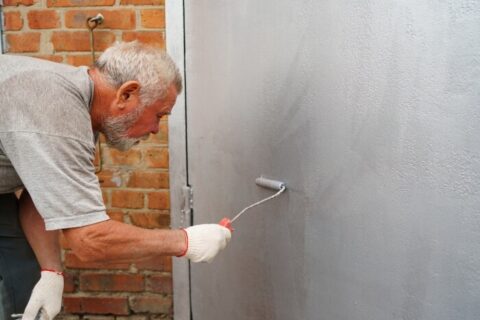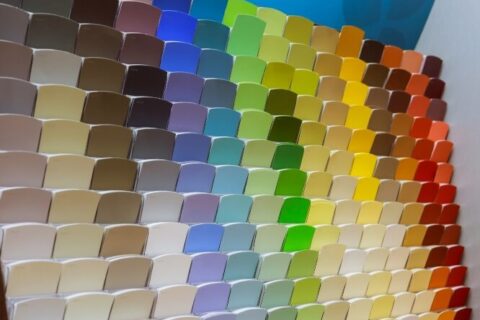How to Avoid Common Interior Painting Mistakes
Painting the inside of your home is a cost-effective way to bring new life and change the mood of any room. The problem is that many people take on interior painting as a do-it-yourself project because they think it is simple and less expensive than hiring professional painters. Many end up with less-than-optimal results by making amateur mistakes. Once the mistake has been made, it can often require more extensive work at a greater expense to turn the results around.
Below are some of the most common mistakes do-it-yourselfers make and what to do to avoid them.
Common Mistakes
Failing to Prep the Walls – Too often, people go straight to painting without thinking about the dirt on the walls or any imperfections that might have occurred along the way. Paint doesn’t cover up major imperfections, and some types of soil can find their way through the paint even after it is dried. Before applying the paint, make sure the walls are clean, and that there are no pieces of chipped paint. Fill in any cracks or holes, and sand the patching compound once it is dry to create a smooth, even surface. Invest in genuine painter’s tape to give you clean, sharp edges.
Using Poor Quality Tools – If you purchase the lowest priced rollers and brushes for the paint application, don’t expect professional results. The tools you use to apply the paint should be sturdy and made for the type of paint application that you are using them for. The last thing you want is for your application tools to come apart in the middle of the paint job.
Not Using the Right Paint – Interior house paint comes in a variety of mixes and finishes, and each type is right for certain types of surfaces. Some paints have the primer mixed in, while others require you to apply primer before putting on the paint. You also need to know whether to buy a flat finish or a glossy one to get the impact you want. Areas with high traffic do better with glossy or satin finishes, unless you choose a paint that is made specifically for high traffic areas. If you aren’t sure which type of paint to buy, ask a paint professional before you buy.
More Common Mistakes
Painting Over Surfaces Painted with High Gloss Paint – New paint won’t adhere to the slick surface of high-gloss paint. Sand the surface lightly, and then wipe with clear water to remove dust.
Applying Paint Over Wallpaper – Applying water-based paint over wallpaper can reactivate the glue and cause the paper to come loose from the wall. If you don’t want to remove the wallpaper, use oil-based primer to seal it first.
Last But Not Least
Not Testing the Paint Color – The color that looks great on a paint sample can become overwhelming once it goes on your walls. Use one of the new apps to see what the color will look like on your walls. Depending on the light in the room, dark or bright colors may be too stark for the entire room and may be better for painting a single accent wall.
Failing to Clean Up – As soon as the paint job is finished, wash the brushes and rollers thoroughly to remove all traces of paint. Reshape to dry, and wrap securely in plastic to keep them ready for the next paint job. Also, make sure you have some additional paint to store with them in case you need to make any repairs.
Painting can be a lot more complex job than most people imagine. The best way to get the professional quality results that you have in mind is to hire the experts at Dixon Painting for interior painting all over Georgia. We give your paint job the attention to detail that is needed to get optimal results and take the worry out of painting that often goes with DIY projects of this type.


